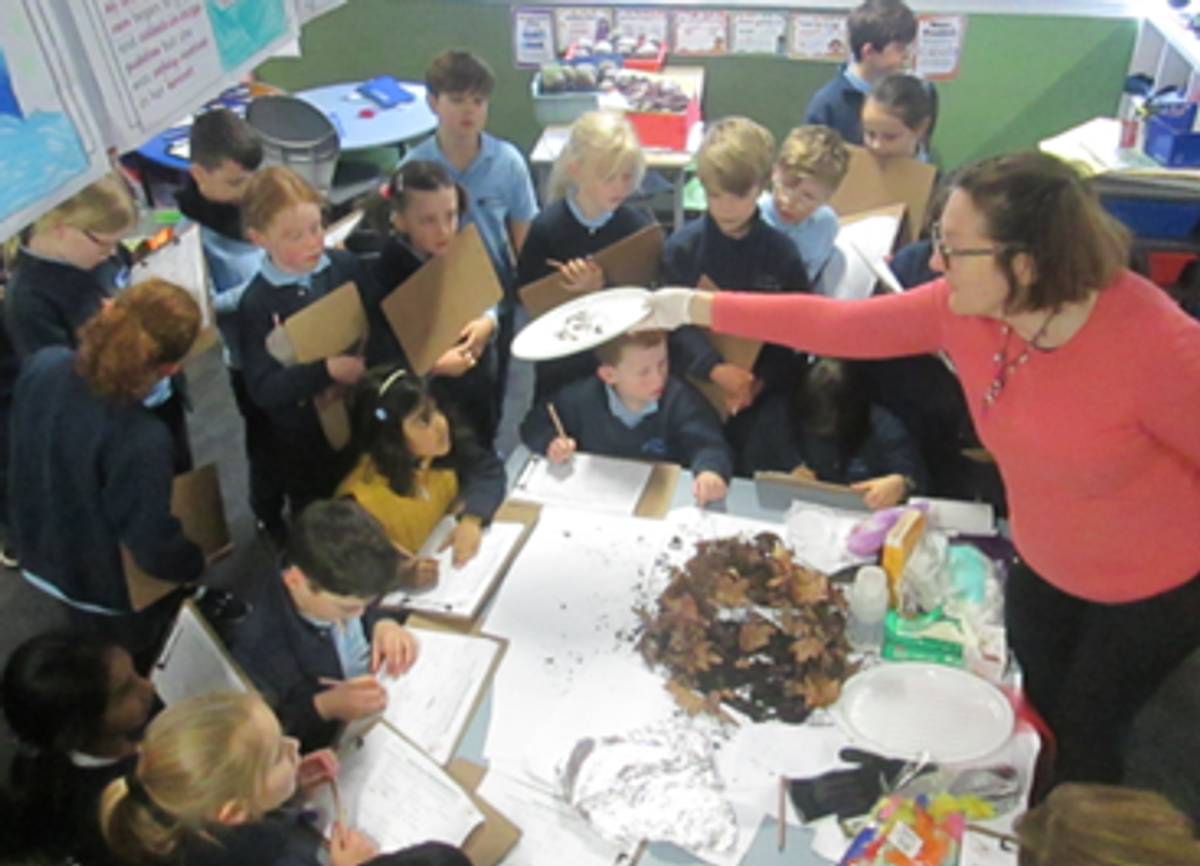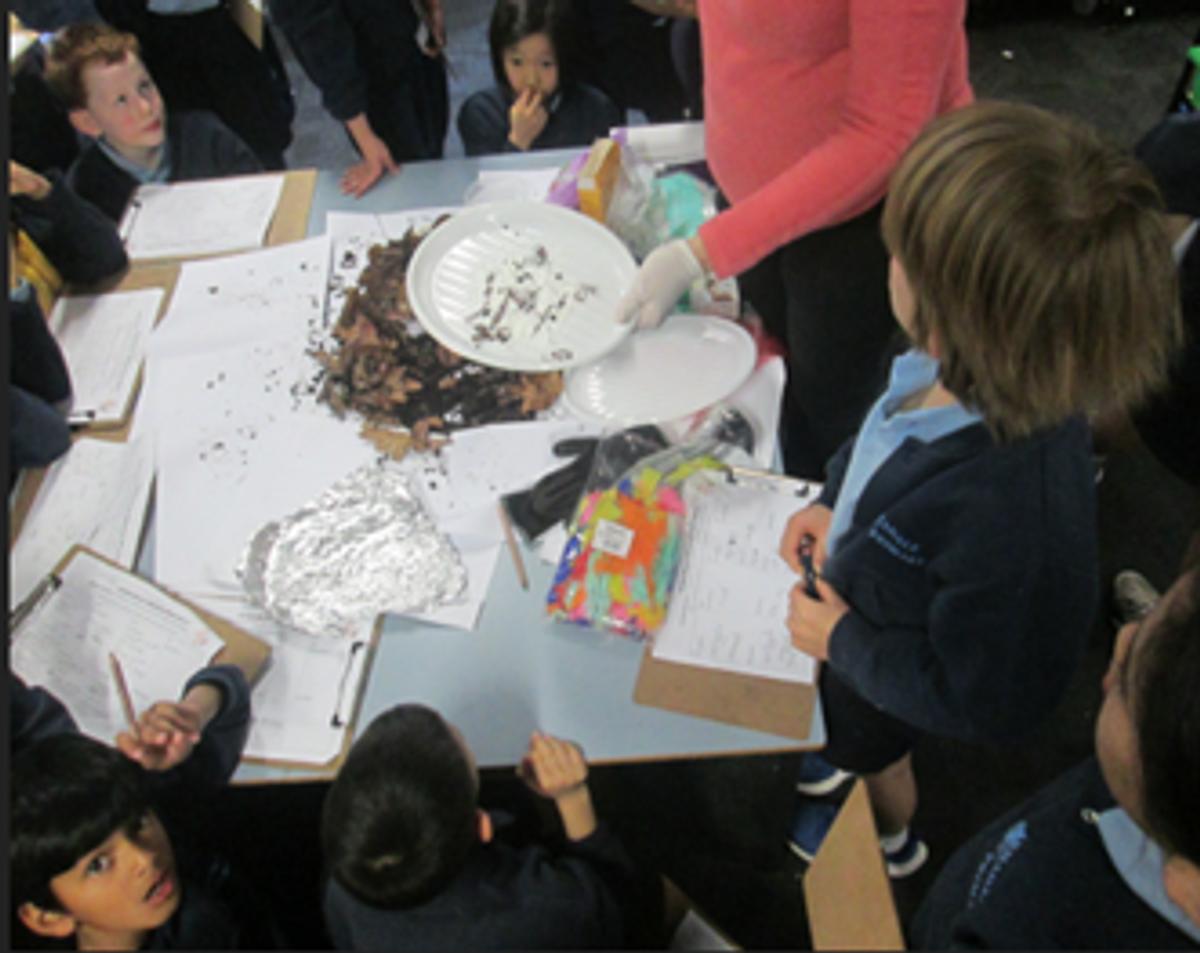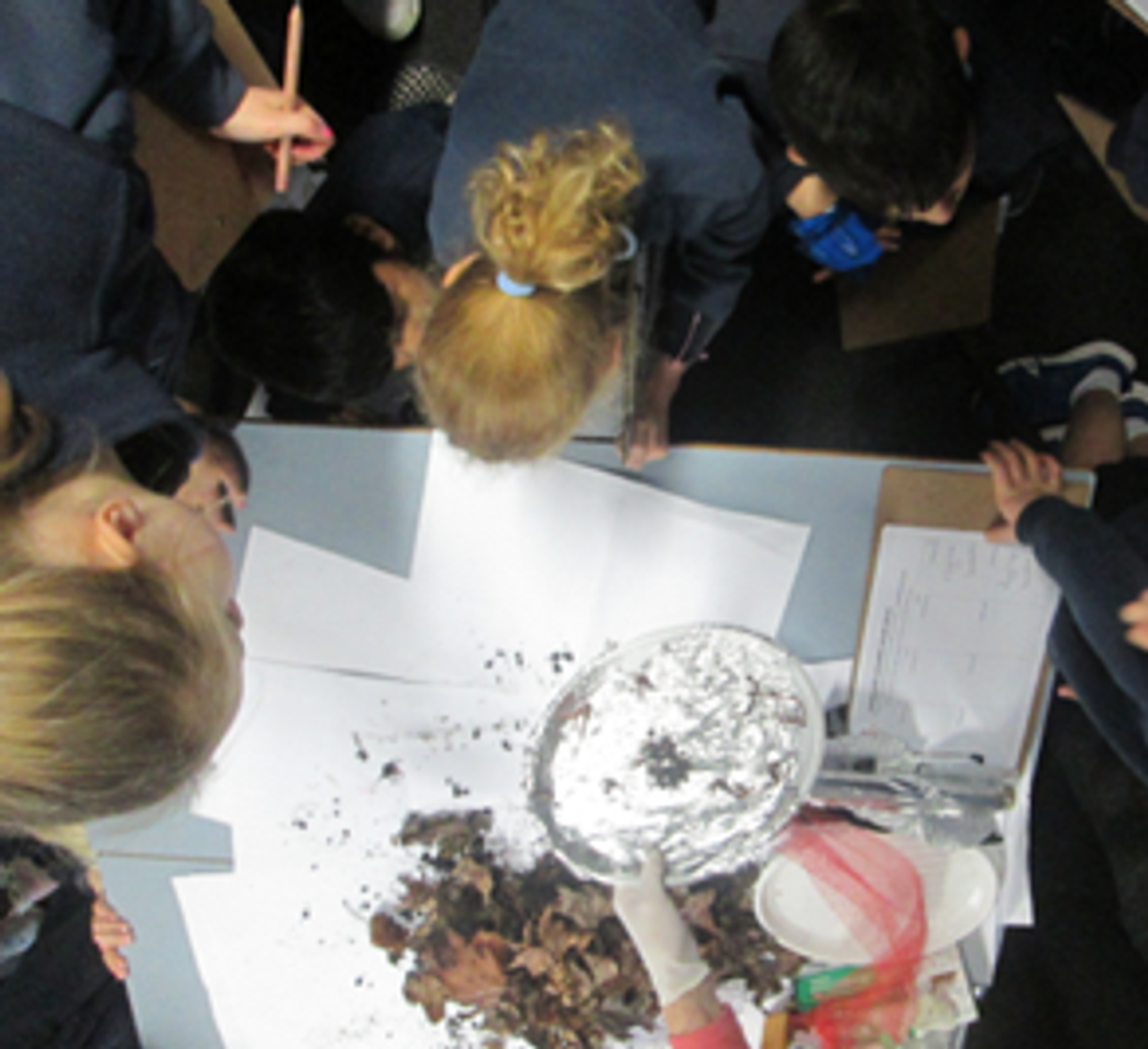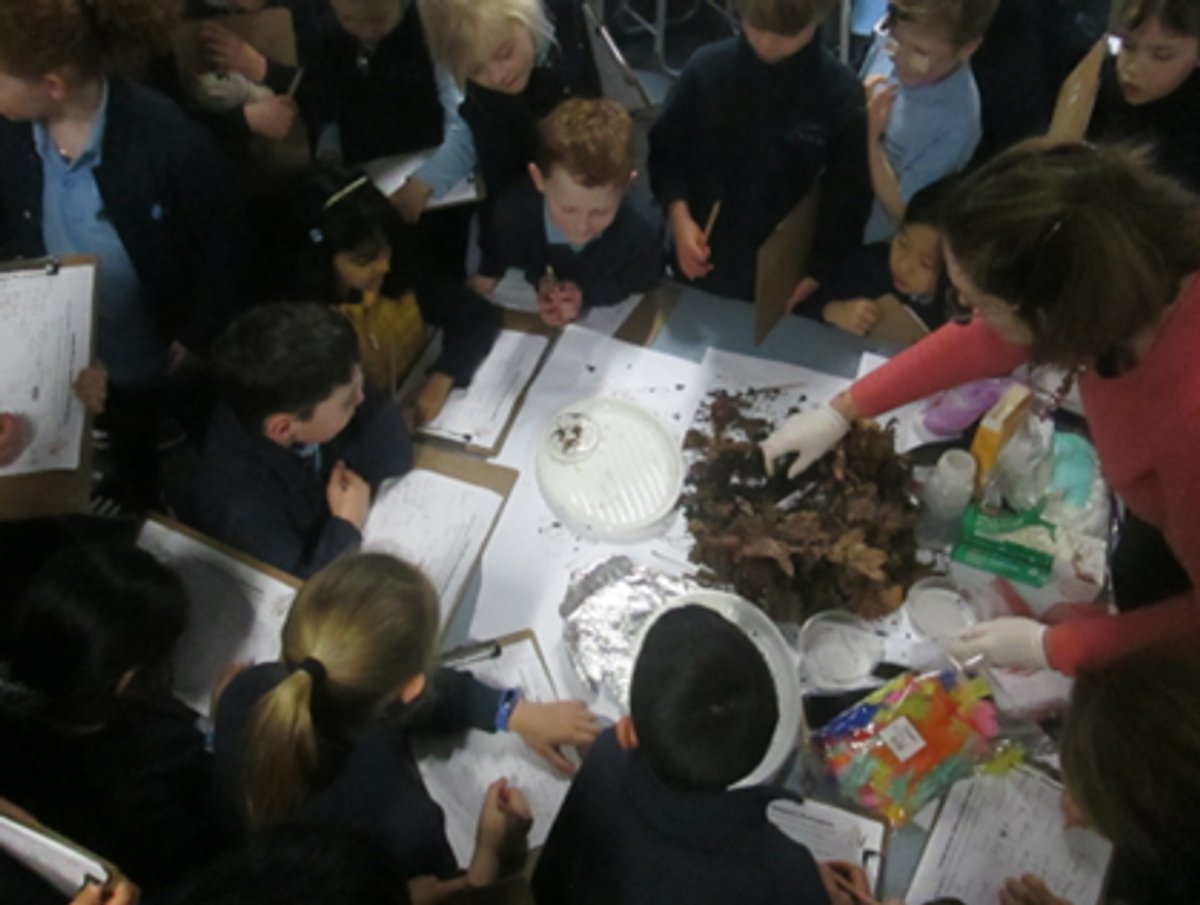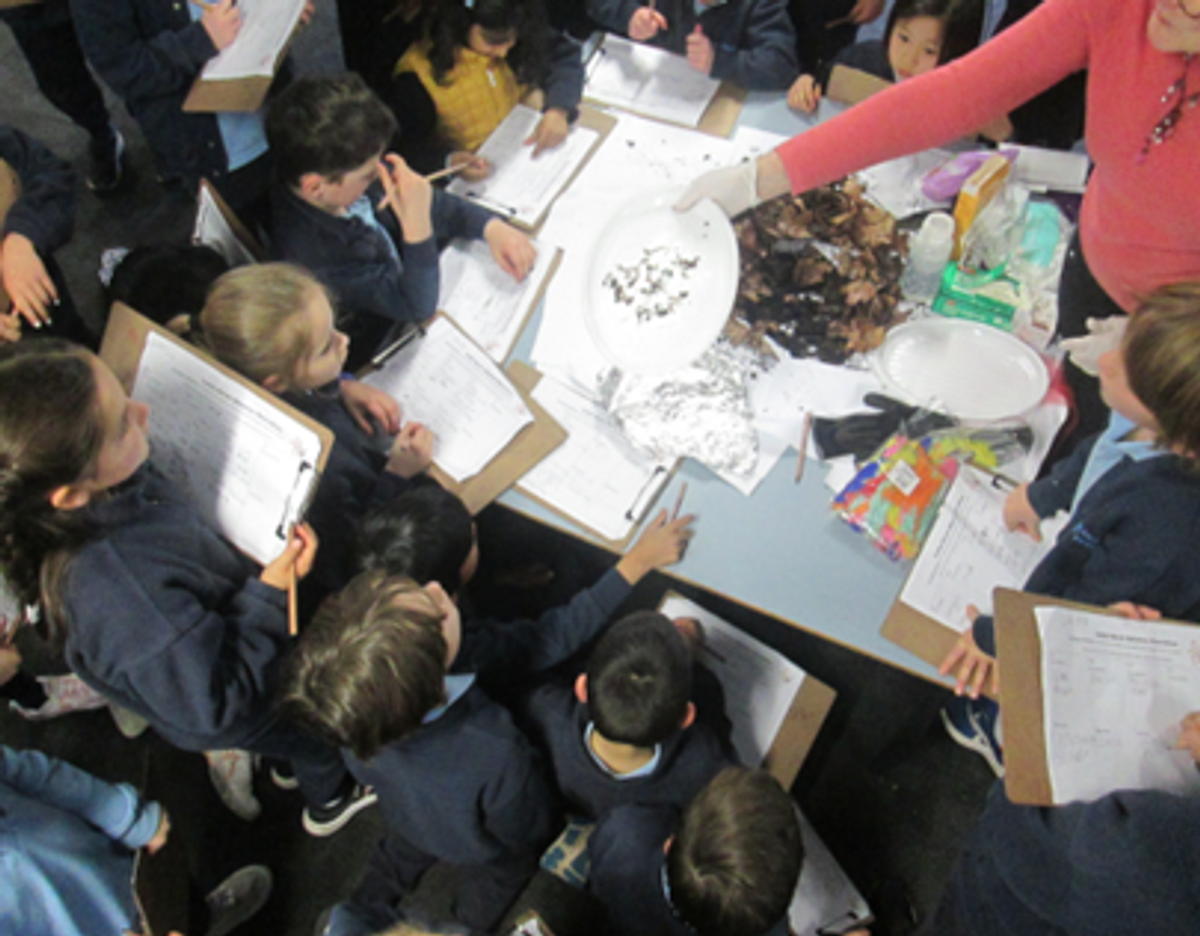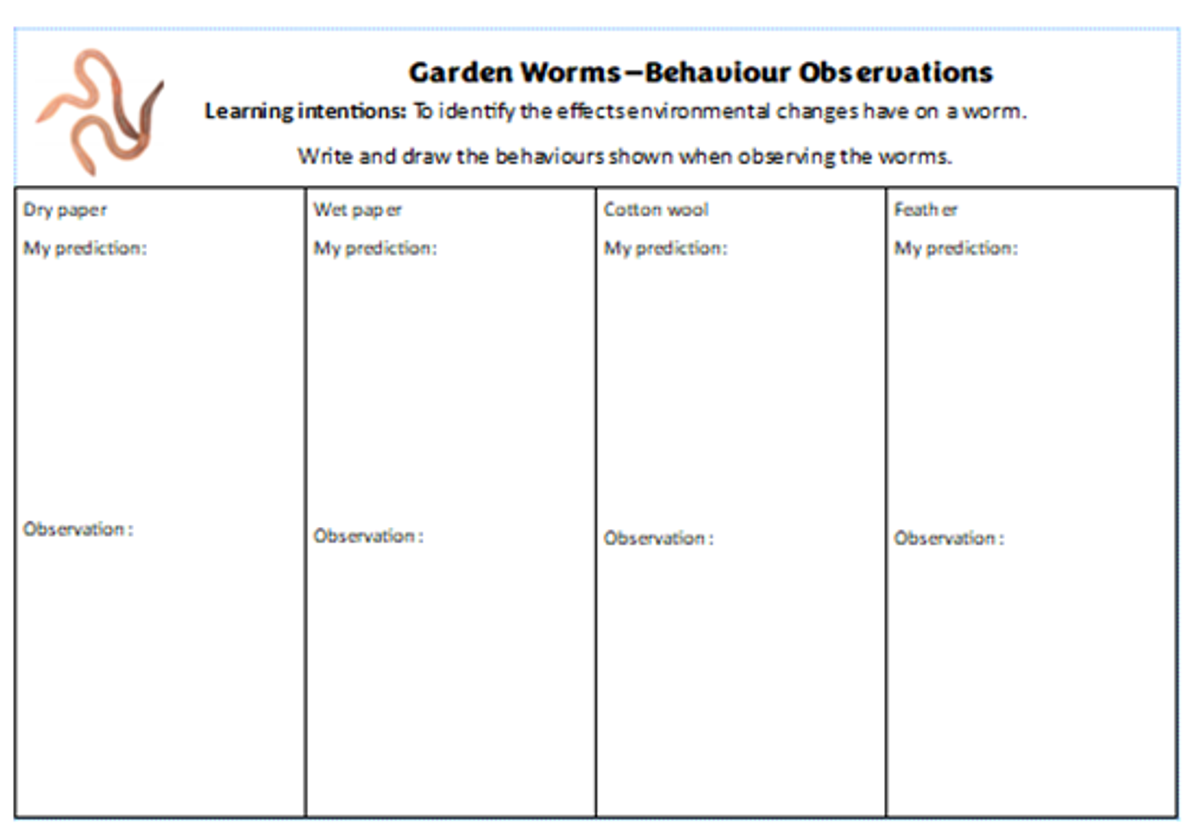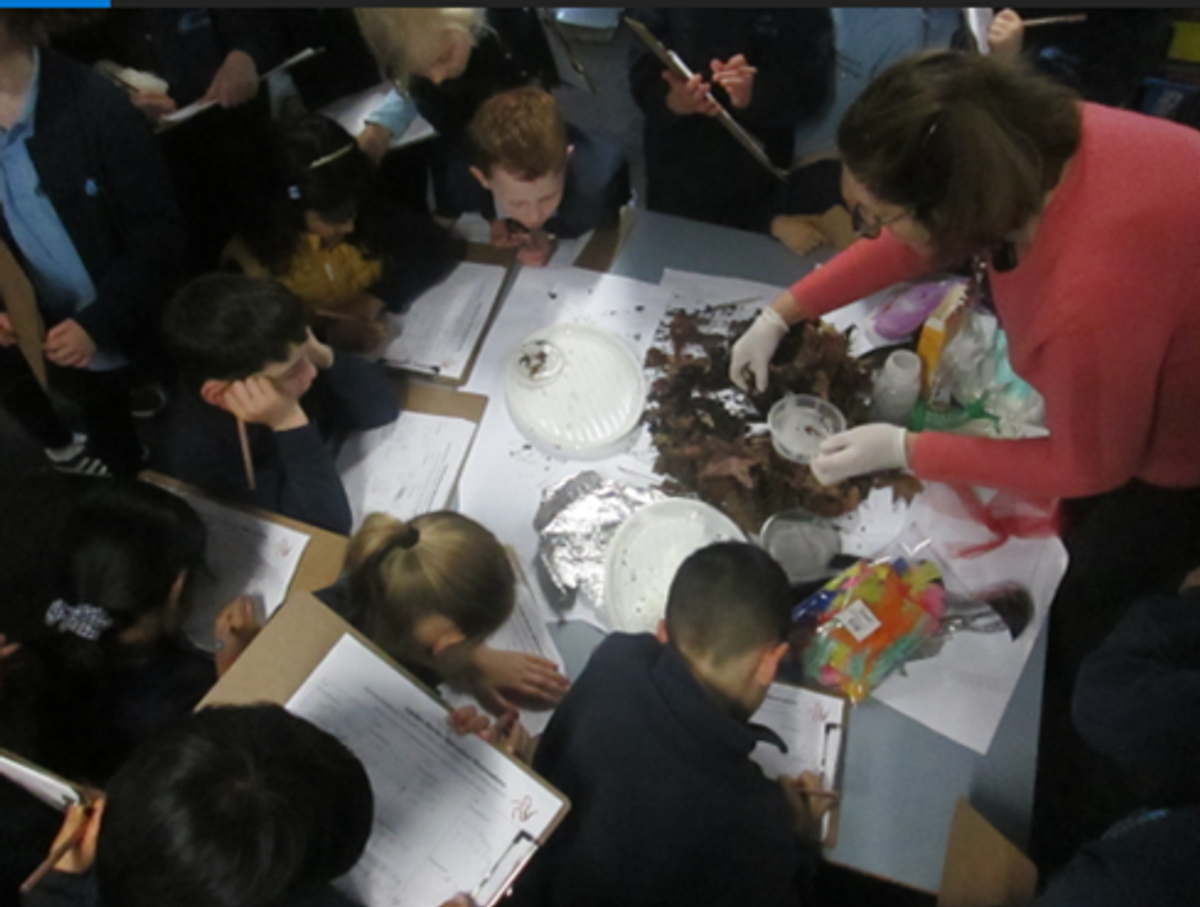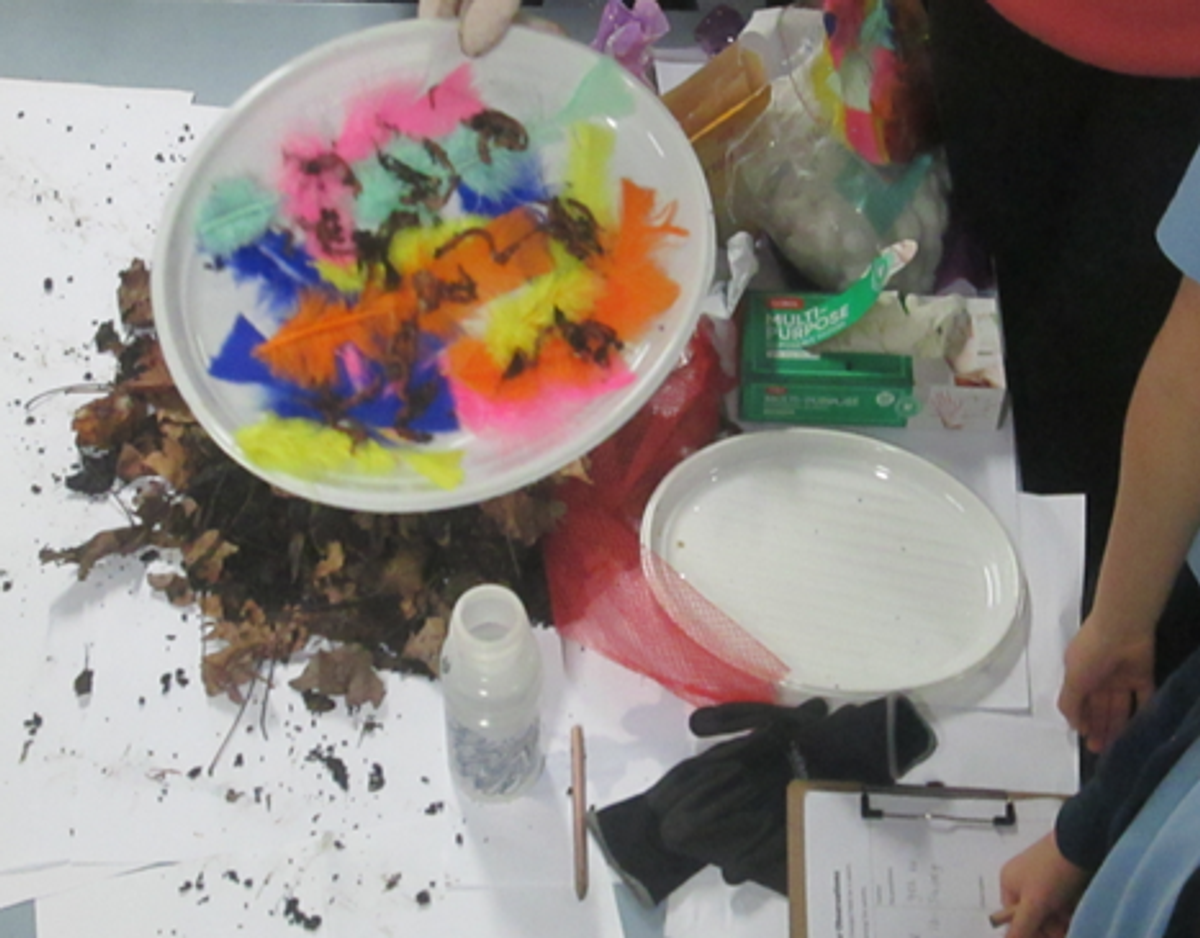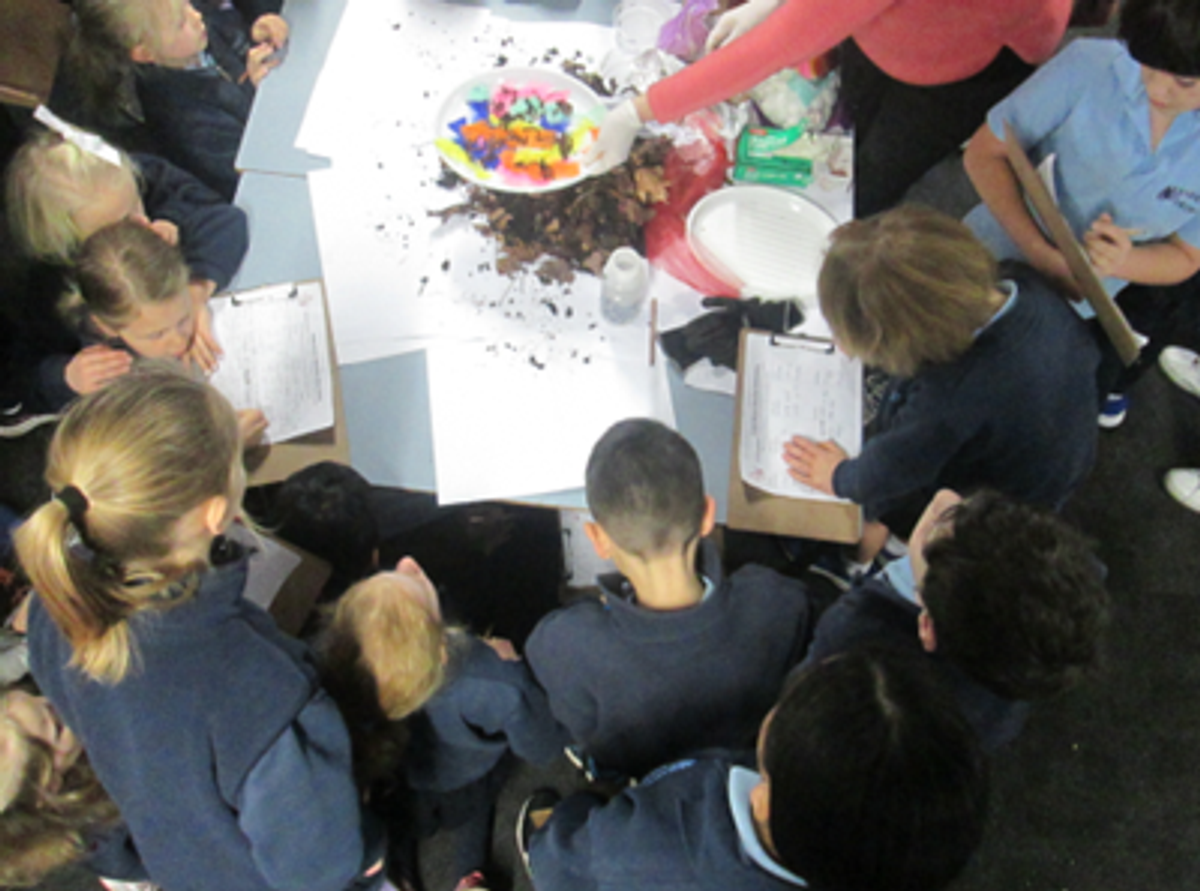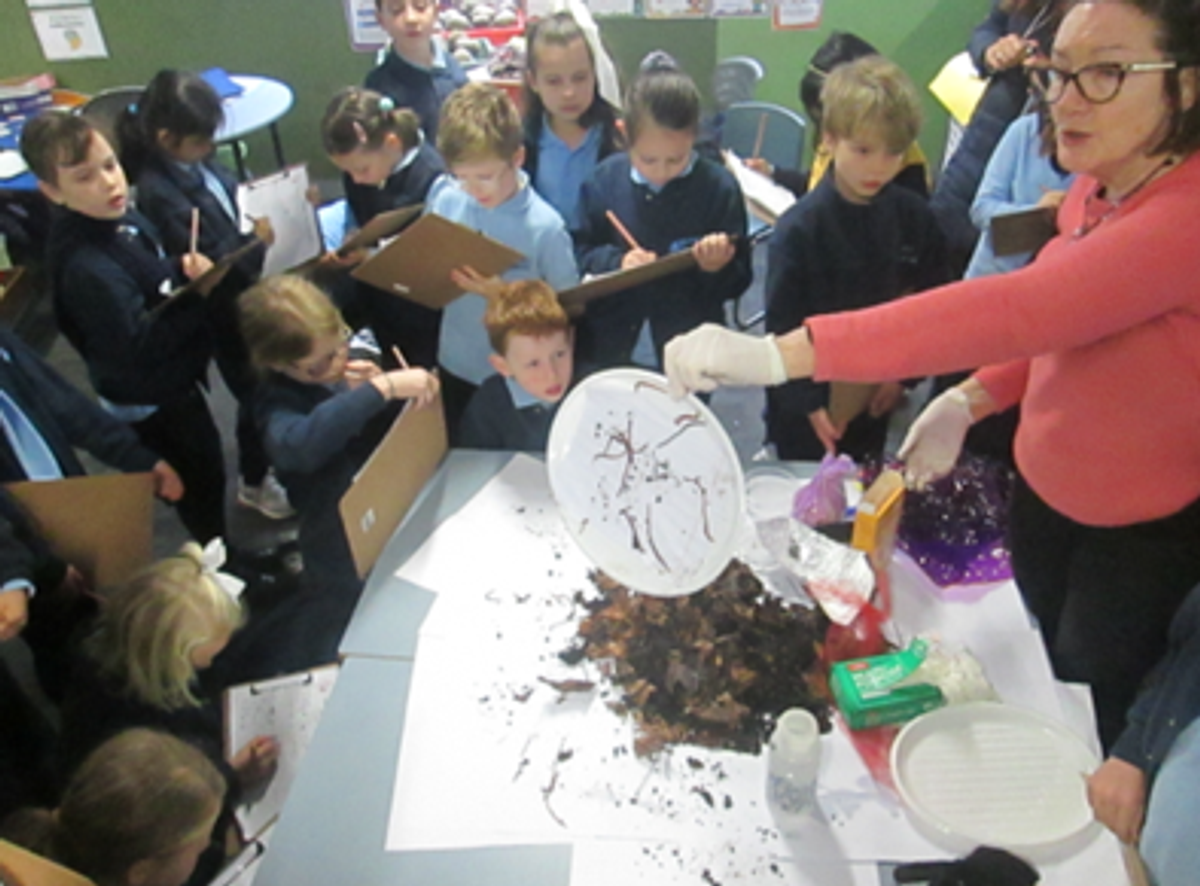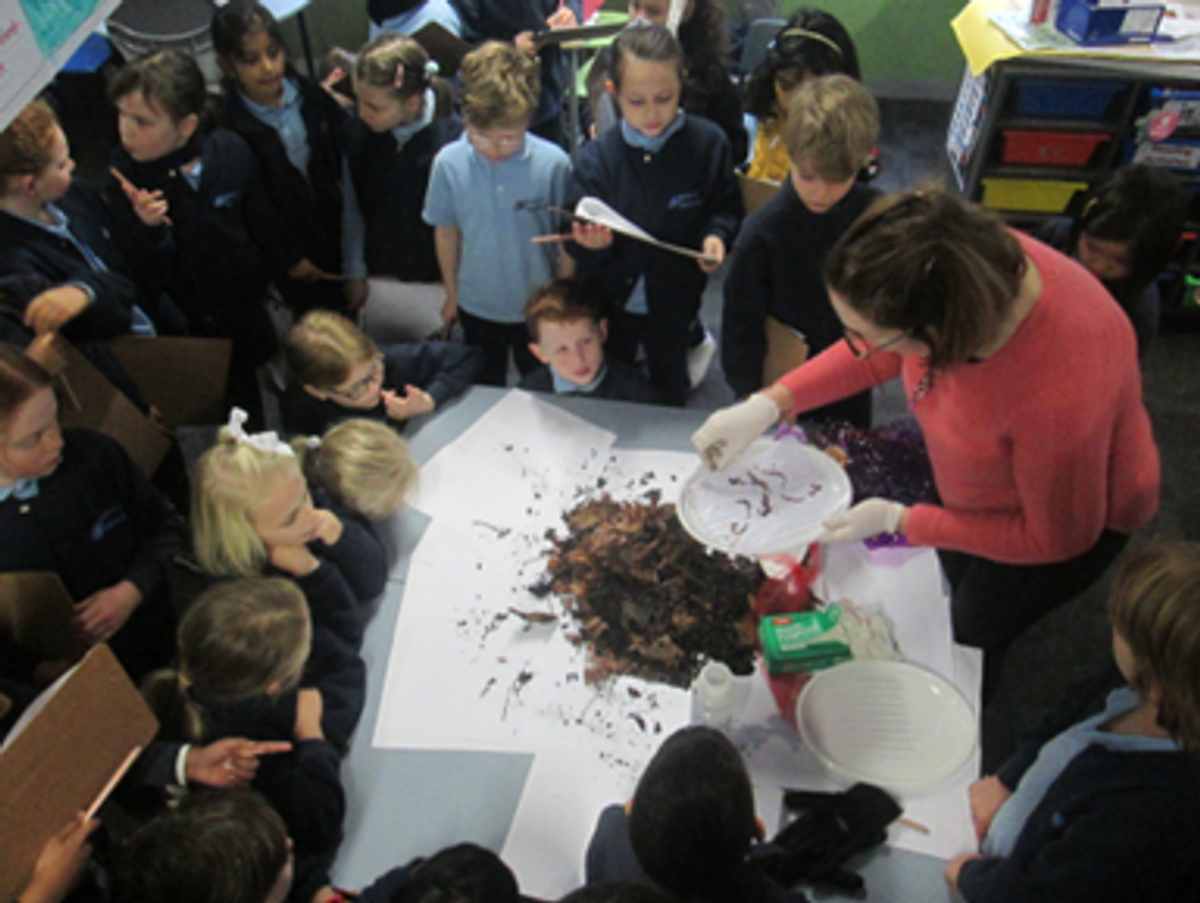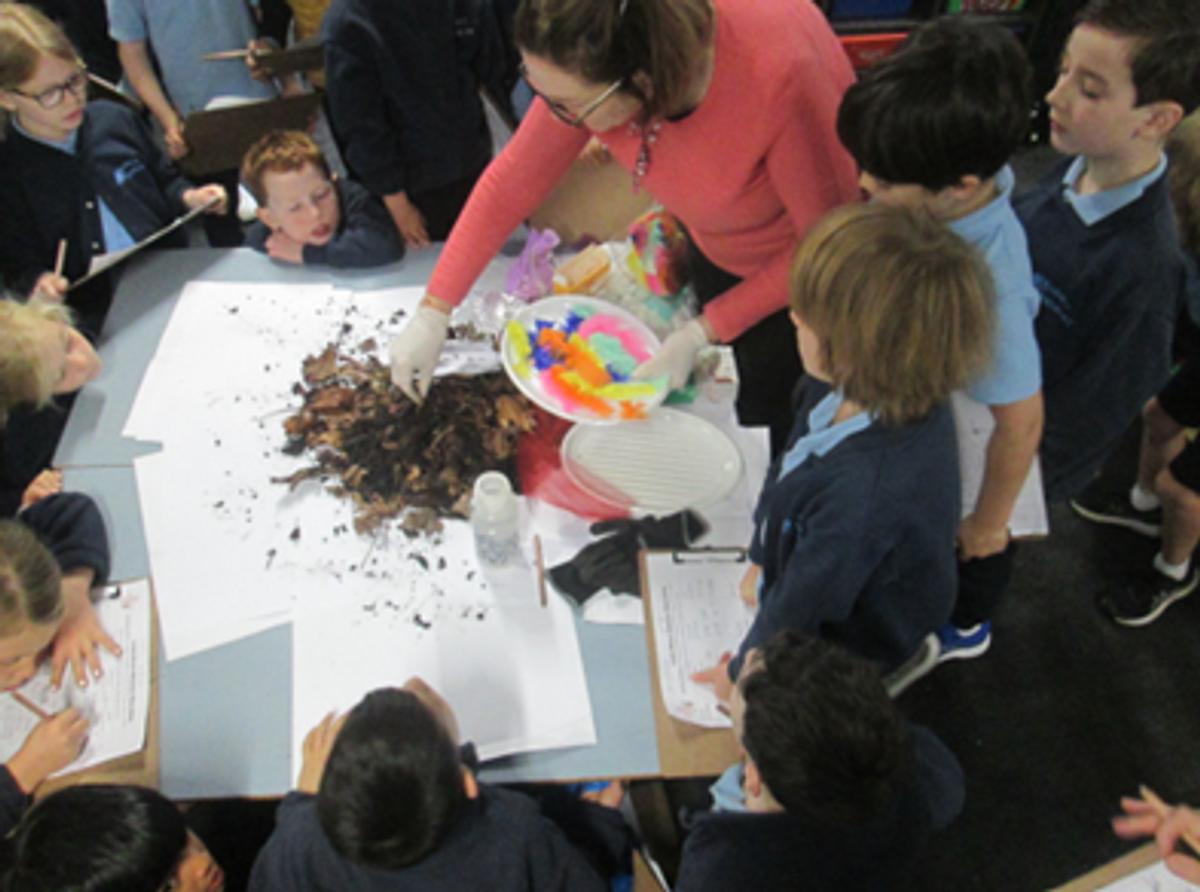Year 2 Bulletin
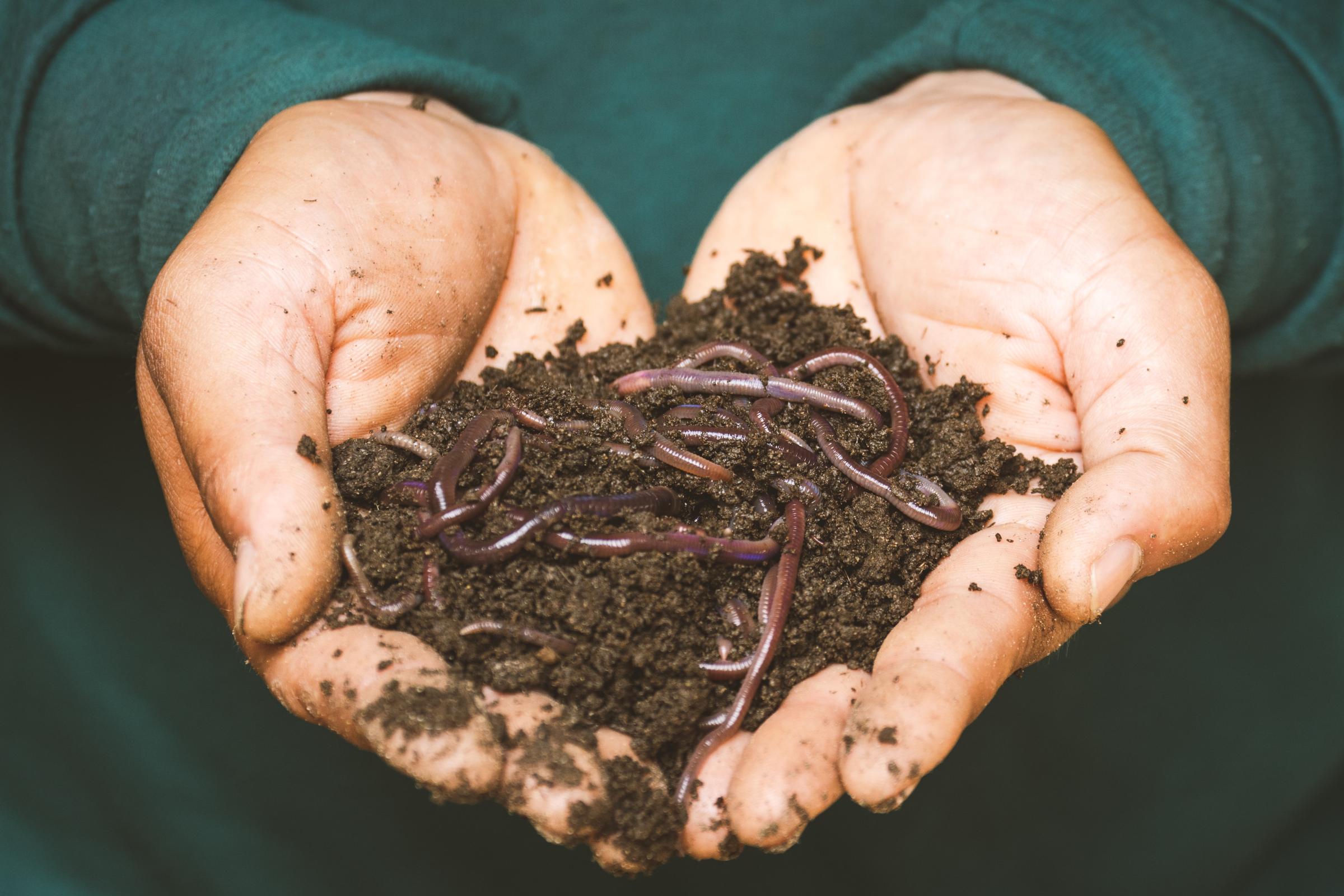
Science
Science Understanding: Biological Sciences
Science Skills: Science Inquiry Skills
Learning Intention:To identify the effects environmental changes have on a worm.
Learning experience overview
In Level 2, the curriculum focus is on awareness of self and the local world. Students observe changes that can be large or small and happen quickly or slowly. They explore the properties of familiar objects and phenomena, identifying similarities and differences. Students observe patterns of growth and change in the world around them, including weather and living things.
They learn that seeking answers to questions and making observations is a core part of science and use their senses to gather different types of information. They infer simple cause and effect relationships from their observations and experiences, and link events and phenomena with observable effects.
By the end of Level 2, students describe examples of how people use science in their daily lives. They identify and describe examples of the external features and basic needs of living things. They describe how different places meet the needs of living things. They describe the properties, behaviour, uses and the effects of interacting with familiar materials and objects. They discuss how light and sound can be produced and sensed. They identify and describe the changes to objects, materials, resources, living things and things in their local environment. They suggest how the environment affects them and other living things.
Students pose and respond to questions about familiar objects and events and predict outcomes of investigations. They use their senses to explore the world around them and record informal measurements to make and compare observations. They record, sort and represent their observations and communicate their ideas to others.
Our experiment began with extraction of earthworms, contained in leaf litter and decaying organic matter. The worms were placed onto a plastic plate, for all to observe. We discussed what the usual habitat for earthworms might be, and how we could change those circumstances, for a short period of time, in order to see what difference they made. The possible behaviours in response to the changes in environment, were noted.
Various surfaces were created: dry paper, wet paper, cotton wool, feathers, foil, sugar, flour and ice.
Using our Garden Worms Behaviour Observation Sheet, as below, predictions were made regarding the possible reactions.
With each new surface, a small number of worms were briefly deposited.
The actual reaction was then observed and drawn and/or written down.
Between each change in environment, we discussed predictions versus actual observations. Were our ideas correct? Had we considered all the alternative reactions from the worms? What surprised us? What didn’t?
At the conclusion of the experiment, we reflected and considered how we might have conducted it differently, in order to provide more information for analysis.
Some of our predictions:
The worms will:
- Try to escape
- Clump together
- Eat the flour/sugar/paper
- Explore
- Move a lot
- Stay still
- Move slowly
- Coil up
- Try to go under the paper
- Sink into the cotton wool
- Wiggle
- Act normal
- Look around
- Not like it
- Widen or spread out
- Start digging
- Uncoil fast
- Move around
- Get covered in sugar/flour
Prompts/questions/responses
- Helpful questions to ask when predicting and/or observing:
- What do I already know about XXX?
- What prior knowledge am I bringing to this experience?
- Is this like something else I know about? Are there similarities/differences in what I have experienced in the past?
- Can I identify with this XXXX?
- What are we expecting we will see?
- What am I seeing, feeling, hearing, tasting?
- What makes me curious here?
- What am I interested in finding out more about?
- How many different reactions/changes can you feel/ see/hear/smell/taste?
- What would help me observe better? (magnifying glass, light)
To resume the learning at home from this experience
- Continue to encourage your child/ren to take an interest in the natural world.
- Respond to and pose questions, and make predictions about familiar objects and events
- Participate in guided investigations, including making observations using the senses, to explore and answer questions
- Use informal measurements in the collection and recording of observations
- Use a range of methods, including drawings and provided tables, to sort information
- Compare observations and predictions with those of others
- Represent and communicate observations and ideas about changes in objects and events in a variety of ways
Mrs Evans and Rosanna
Year 2 Team

